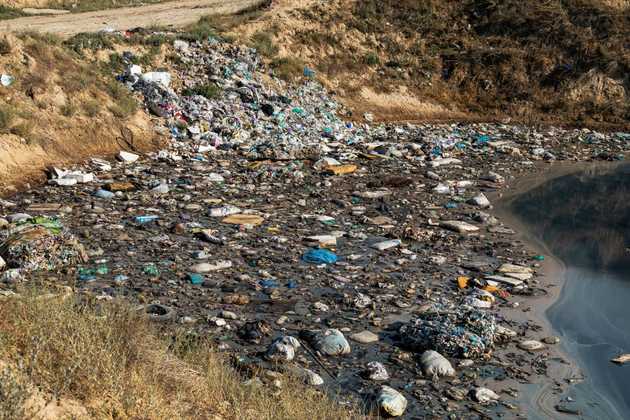 _Adapted from: https://www.sciencedirect.com/science/article/pii/S0734975023001465?via%3Dihub
_Adapted from: https://www.sciencedirect.com/science/article/pii/S0734975023001465?via%3Dihub
Every year environmental risk factors cause around 25% of human deaths. These factors include toxic pollutants that are often very difficult to identify and locate in order to remove. With no current cost-effective or simple solutions, emerging technology using synthetic biology holds the potential to be an effective tool for this complex problem.
Why Use Synthetic Biology Synthetic biology allows us to modify the genetic material of living organisms to portray desired characteristics. For example Brutesco et al’s (2017) team created microorganisms that were engineered to sense the presence of specific environmental pollutants in water and soil to track their quality. These biosensors are cost-effective and a simple solution to the expensive, and complex current approaches that require expensive laboratory equipment and technical expertise to produce.
What are Biosythetic Sensors? Biosynthetic sensors are biological devices that contain a genetic element that can recognize toxic pollutants or other desired substances to produce a signal when paired with a reporter protein. This signal can be read and measured through relatively inexpensive equipment like spectrophotometers or with the naked eye if the signal is readily visible. The microorganisms within the sensor have their genome modified in order to produce a cellular response when the desired substance is present. Depending on the intensity of the substance presence, a stronger or weaker signal is produced which can be measured proportionally to the toxicity present in the sample of water or soil. Due to the variability or substance detection because of genetic editing technology combined with the inexpensive equipment required to receive the signal, biosynthetic sensors are a very effective solution to detecting environmental pollutants.
Current Applications Several biosynthetic sensors have been developed and are currently in use to monitor environmental pollutants. Chang et al. (2017) developed a biosynthetic sensor to detect naphthalene, a substance that can cause neurological and liver damage when ingested, in water and soil. Naphthalene is readily found in the air and soil as a result of using toxic pollutants in pesticides, burning biomass, smoking tobacco and many other readily used sources. Extensive exposure to the substance has been linked to many health effects such as hyperplasia and metaplasia in the respiratory tract. It is important that we can identify this dangerous chemical within the soil to prevent adverse health effects of extended exposure, and environmental pollution. Through the insertion of a gene called lux, the team successfully produced a biosensor that produced a bioluminescent signal once the microbes came in contact with naphthalene within the contaminated samples of water and soil.
Future Directions There are many other toxic pollutants that are present in soil and water, but some pollutants such as heavy metals are more challenging to identify with biosynthetic sensors. Specifically, differentiating between copper and nickel has been a challenge, but constant testing with different genetically modified biosensors are currently tackling this problem.
Limitations Although biosensors are a cost-effective and simple solution to detecting environmental pollutants, there is limited application of them commercially due to their applicability on site locations, the time it takes to analyze the signals and other transportation costs. As we discover more about cellular functions and genes that we can implement to detect certain substances, these limitations can be overcome using genetic engineering to make the use of biosensors more widespread.
